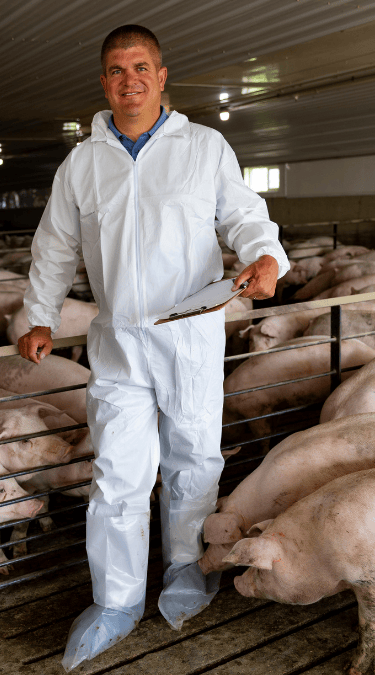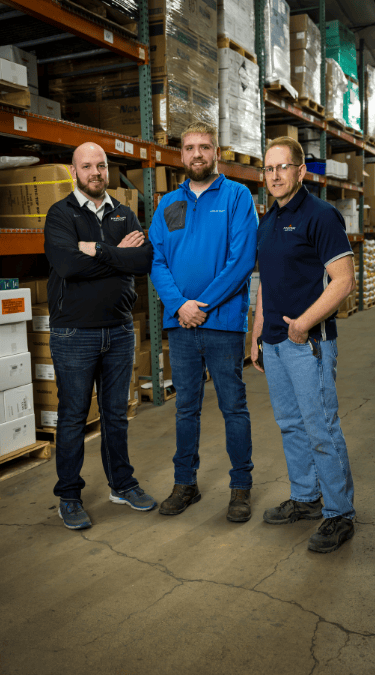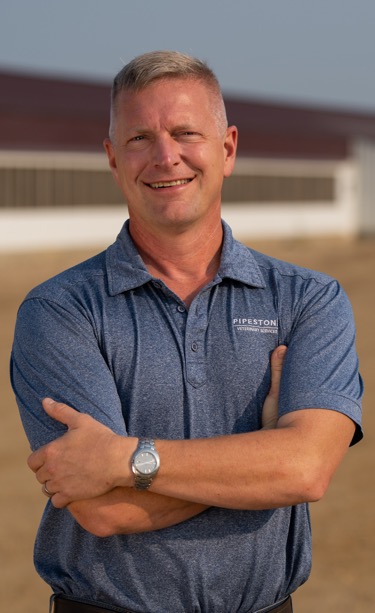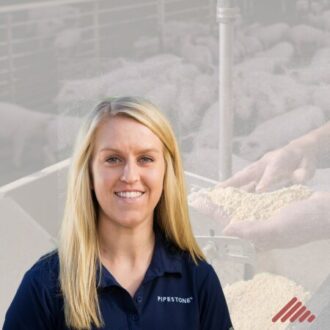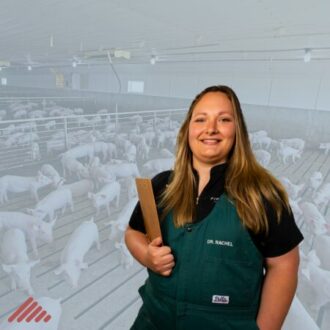There are many items to remember as winter ventilation is upon us of how we want barns to operate. Here are a few to think of as you are braving the cold.
- Set Points: This is what you are telling the barn to maintain temperature at. Typically, barns will be 1-2 degrees cooler most of the time during winter months. If you want the actual temperature to be 70 degrees for example, you may need to run your set point at 71 degrees to average 70 degrees. Every barn is slightly different.
- Soffets: Soffets are important to get air into your attic and then into the room. Soffets commonly get plugged with dust/dirt from harvest and can be further blocked with frost or snow. Take a long handled broom periodically on a barn walk around to clean soffets off to allow maximum air flow into your attic. Snow doors should be closed on North or West facing outer walls to prevent snow drifting in your attic.
- Heat off-sets: most commonly, you will want your heater to come on at 1.5 to 2 degrees below your set point. The off set is important to check to be sure you are not warming up your barn over the set point. If you are, your fans begin to ramp up to cool the barn down again and you have wasted that heat. Simple to check- watch your controllers temperature reading when the heater is on. When the heater shuts off, the room will continue to warm. Watch to find the temperature at which it peaks at and then begins to fall. Ideally, the room warms up to just the desired set point and then begins to cool again. No wasted heat blown out by ramping up fans. If the temperature over runs your set point and fans begin to ramp up, you need to widen your off set.
- Back up heaters/alarms: Check you back up thermostats and alarms to come on at 55-60 degrees. Make them work by turning them up and seeing your heater kick on.
- Air speed from inlets at minimum ventilation: When you are in minimum ventilation, we still want good air speed for mixing of air from the inlets. You can purchase an anemometer for around $50 to give you your exact speed of air from the inlets. Target to get 400 feet per minute A good rule of thumb if you don’t have an anemometer, stand 10-12 feet away from the inlet- you should feel air on your forehead if you are around 400 feet per minute.
- Humidity: Rheostats are notoriously bad in pig barns (they only typically work for ~6 months). Most farms have a great permanent rheostat- the water lines. Ground water should be ~57 degrees F nearly year round- if your water lines are dripping in the middle of the room, you are running too high humidity and likely need to increase air exchange (increase minimum ventilation %).
- Pig Comfort: Pigs have 3 “rooms” in their house- a kitchen, a bedroom and a bathroom. After pigs have established their house, you should only find ~25% of their space being the bathroom. If the dunging pattern is greater than this, you may need to adjust your ventilation.
- Temp Probes: Be sure to check each individual temp probe reading at the controller. They should only vary by ~1 degree. If you find a variance greater than that, you likely need to change one of them out.
